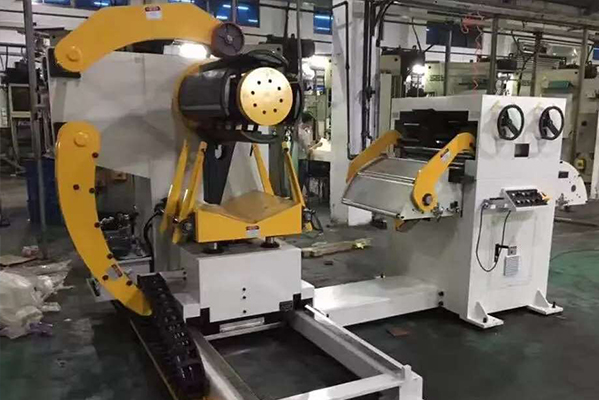Navigation Menu
Contact Us
- Email:
- info@wxavatar.com
- Address:
- Yurong Village, Yuqi Street, Huishan District, Wuxi, China.
Release Date:May 28, 2025 Visit:45 Source:Roll Forming Machine Factory
Hydraulic uncoilers are essential equipment in metal processing lines, and proper maintenance plays a significant role in ensuring their long-term performance. By following recommended care practices, operators can maintain optimal functionality and reduce unplanned downtime. Here are practical maintenance suggestions to help preserve your hydraulic uncoiler's working condition.

Regular Inspection Routine
Establishing a consistent inspection schedule helps identify potential issues before they develop into major problems:
Check hydraulic hoses and connections weekly for signs of wear, cracks, or leaks
Examine the uncoiler mandrel for proper alignment and surface condition
Inspect bearings and gears for unusual noise or vibration during operation
Verify that all safety guards and components are securely in place
Hydraulic System Care
The hydraulic system requires specific attention to maintain smooth operation:
Monitor hydraulic fluid levels regularly and top up when necessary
Change hydraulic filters according to the manufacturer's recommended intervals
Use only the specified hydraulic fluid grade for your equipment
Keep hydraulic reservoirs clean and free from contamination
Lubrication Practices
Proper lubrication reduces friction and wear on moving parts:
Follow the manufacturer's lubrication schedule for all moving components
Apply appropriate greases to bearings, gears, and sliding surfaces
Clean lubrication points before applying fresh lubricant
Remove excess grease that may attract dust and debris
Electrical Component Maintenance
Electrical systems require careful attention to ensure safe operation:
Check wiring and connections for signs of damage or corrosion
Keep electrical panels clean and free from moisture
Test emergency stop functions regularly
Verify proper operation of sensors and limit switches
Operational Best Practices
How the equipment is used significantly impacts its longevity:
Avoid exceeding the rated capacity of the uncoiler
Ensure proper coil loading techniques to prevent equipment strain
Maintain consistent operating speeds within recommended ranges
Allow the system to complete its cycle before initiating new commands
Cleaning and Storage
Proper cleaning and storage procedures help prevent premature wear:
Remove metal chips and debris from the work area daily
Wipe down exposed surfaces to prevent buildup of processing materials
Store the uncoiler in a dry environment when not in use
Protect exposed hydraulic cylinders from damage during idle periods

Documentation and Record Keeping
Maintaining accurate records supports effective maintenance:
Keep a log of all maintenance activities and inspections
Record any operational issues and their resolutions
Note replacement part numbers and installation dates
Document hydraulic fluid changes and filter replacements
By implementing these maintenance practices, operators can help ensure their hydraulic uncoiler remains in good working condition. Regular care not only supports equipment longevity but also contributes to consistent performance in metal processing applications. Always consult your equipment manual for manufacturer-specific maintenance recommendations.